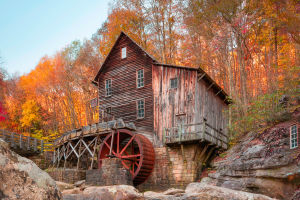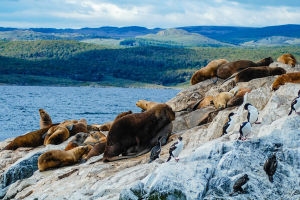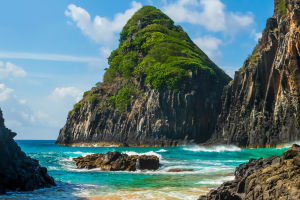Welcome, Lykkers! If you're dreaming of surreal landscapes and natural marvels that seem straight out of a sci-fi movie, then Salar de Uyuni should be on your list.
This vast salt flat in Bolivia offers stunning scenery, mirror-like reflections, and an experience unlike any other. Here's a complete, simple guide to help you plan your journey, enjoy it fully, and stay safe along the way.
Uyuni Salt Flat
Why Visit Salar de Uyuni?
The Largest Salt Flat on Earth
Spanning over 10,000 square kilometers, Salar de Uyuni is the biggest salt flat in the world. It's located in the Andean region of southwestern Bolivia at an elevation of around 3,600 meters.
The area was once a massive prehistoric lake, which evaporated over time, leaving behind this gleaming white landscape.
Unforgettable Views
Isla Incahuasi, an island in the middle of the salt flat, features towering cacti and panoramic views. At sunrise and sunset, the play of colors across the endless white creates unforgettable moments. With no visible horizon, it's also the perfect place for optical illusion photography.
How to Get There
Reach Uyuni Easily
Uyuni is the closest town and acts as the main gateway. The easiest way to arrive is by flight from La Paz or Sucre. Bus services also connect Uyuni to cities like Potosí and Oruro. Trains from Oruro offer another scenic option.
Organized Tours
Once in Uyuni, various tours are available, ranging from one to three days. These excursions cover the salt flats and nearby highlights such as colorful lagoons, volcanic rock formations, hot springs, and geysers.
Getting Around
Tours typically use 4x4 vehicles to navigate the salt flats. It's highly recommended to book with certified operators who maintain their vehicles and follow safety guidelines.
What to See and Do
Isla Incahuasi
Located in the center of the salt flat, this island is famous for its giant cacti and ancient coral formations. Climb to the top for sweeping views.
Mirror Effect
Visit between January and March to see the water-covered surface reflecting the sky. It's one of the most impressive natural illusions in the world.
Perspective Photos
With no reference points, you can take creative photos that play with size and distance—ideal for fun and unique memories.
Salt Lodges
Some accommodations are built entirely from salt blocks, including walls and furniture. The Palacio de Sal is one of the most iconic places to stay.
Nearby Attractions
Don't miss the Train Graveyard near Uyuni, where rusted locomotives rest in the desert. Further south, explore the Siloli Desert, the stone formations of Árbol de Piedra, and colorful highland lakes like Laguna Colorada and Laguna Verde. The geothermal area of Sol de Mañana and the hot springs of Polques are also top highlights.
When to Go
Dry Season (April to November)
Perfect for clear skies and easy access to all sites. The salt is dry, forming crisp patterns underfoot. Nights can be very cold, so warm clothes are essential.
Rainy Season (January to March)
Ideal for those who want to see the mirror effect. Some areas may be harder to reach, so go with experienced guides who monitor local conditions.
Best of Both Worlds
March and early April offer a mix of mirror views and accessible terrain, making it a great time for travel.
Tips and Practical Info
Health and Altitude
Uyuni is at high elevation, so travelers might need time to adjust. Staying hydrated and avoiding heavy activity during the first day can help. Bringing oxygen tablets or consulting a doctor before the trip is advisable for those sensitive to altitude.
What to Pack
Layered clothing, warm jackets, gloves, sunglasses, high SPF sunscreen, lip balm, and a flashlight are essential. Camera gear, extra batteries, and energy-rich snacks are also useful for multi-day tours.
Ticket Costs
Day tours from Uyuni start around $30–$50 USD. Multi-day tours, including meals and transport, range from $100 to $250 USD depending on the itinerary and season.
Opening Hours
The Salar de Uyuni is open year-round. Tours typically start in the morning around 10:00 AM and return by late afternoon or the next day, depending on the tour length.
Where to Stay
Uyuni has basic hotels and hostels. For a unique stay, consider the salt lodges on the edge of the flats. Price can change for each season. Book in advance during peak travel months (June to August and December to February).
To Conclude
Visiting Salar de Uyuni is like stepping into another dimension. Its vast beauty, strange silence, and stunning visual effects make it a destination worth every step of the journey. For Lykkers seeking nature's awe-inspiring side and a break from the ordinary, this Bolivian marvel offers the perfect adventure. With the right planning and preparation, it's sure to be a highlight you'll never forget.


